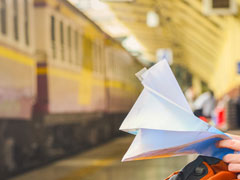Introduction
Located on Ireland’s South West Coast, County Cork is the largest of all Irish counties and the city of Cork is the county town as well as the capital of the Munster Province. The River Lee flows through Cork city in two main channels, therefore creating a lovely focal point whereby some of the main streets are built over these water channels. Along the South Mall, there are large gateways at street level, under steps leading to a higher main door. These used to be boathouses in the times when merchants arrived at their warehouses by water.With a population of about 190,000 in the main city area and 380,000 in the Greater Cork Area, Cork is one of the Republic of Ireland’s largest cities. A little known claim to fame is that Cork Harbour is the world’s second largest natural harbour after Sydney!
County Cork is said to be one of the most attractive places to visit in Ireland. There are countless small, quaint and often beautiful towns and villages to be discovered, as well as many historical and cultural attractions.




